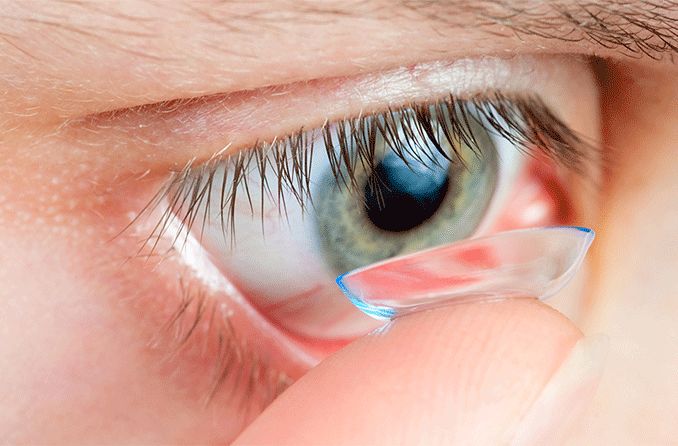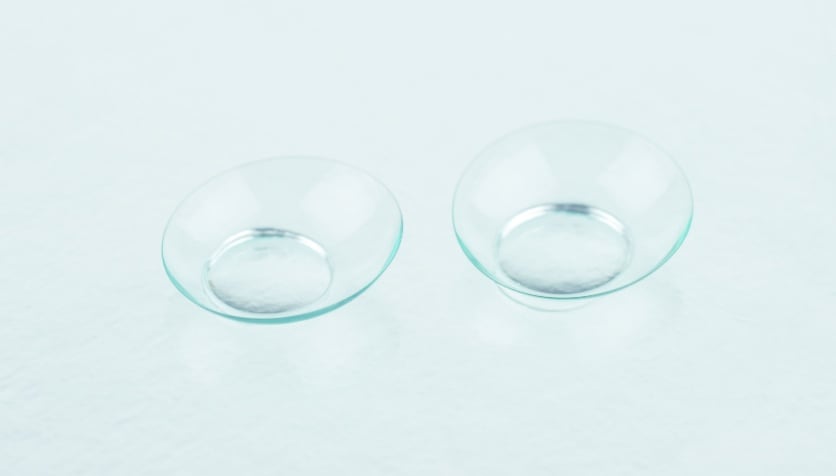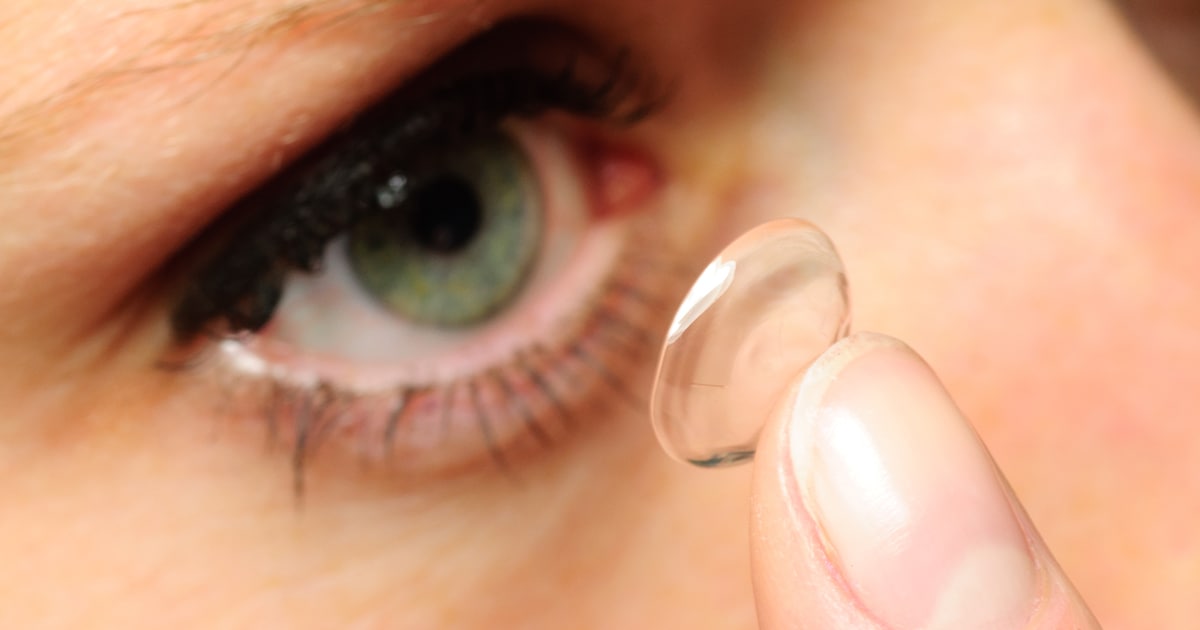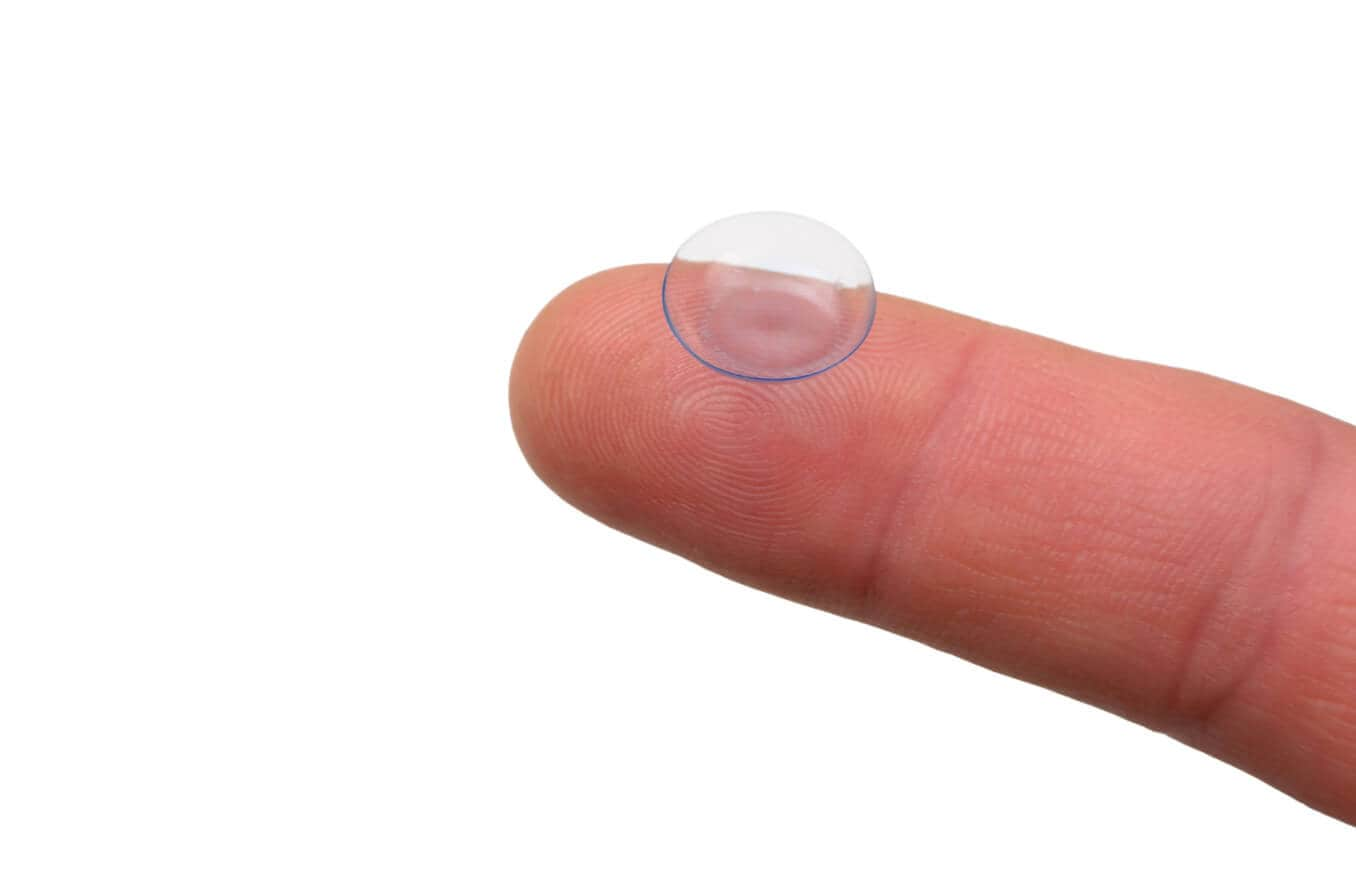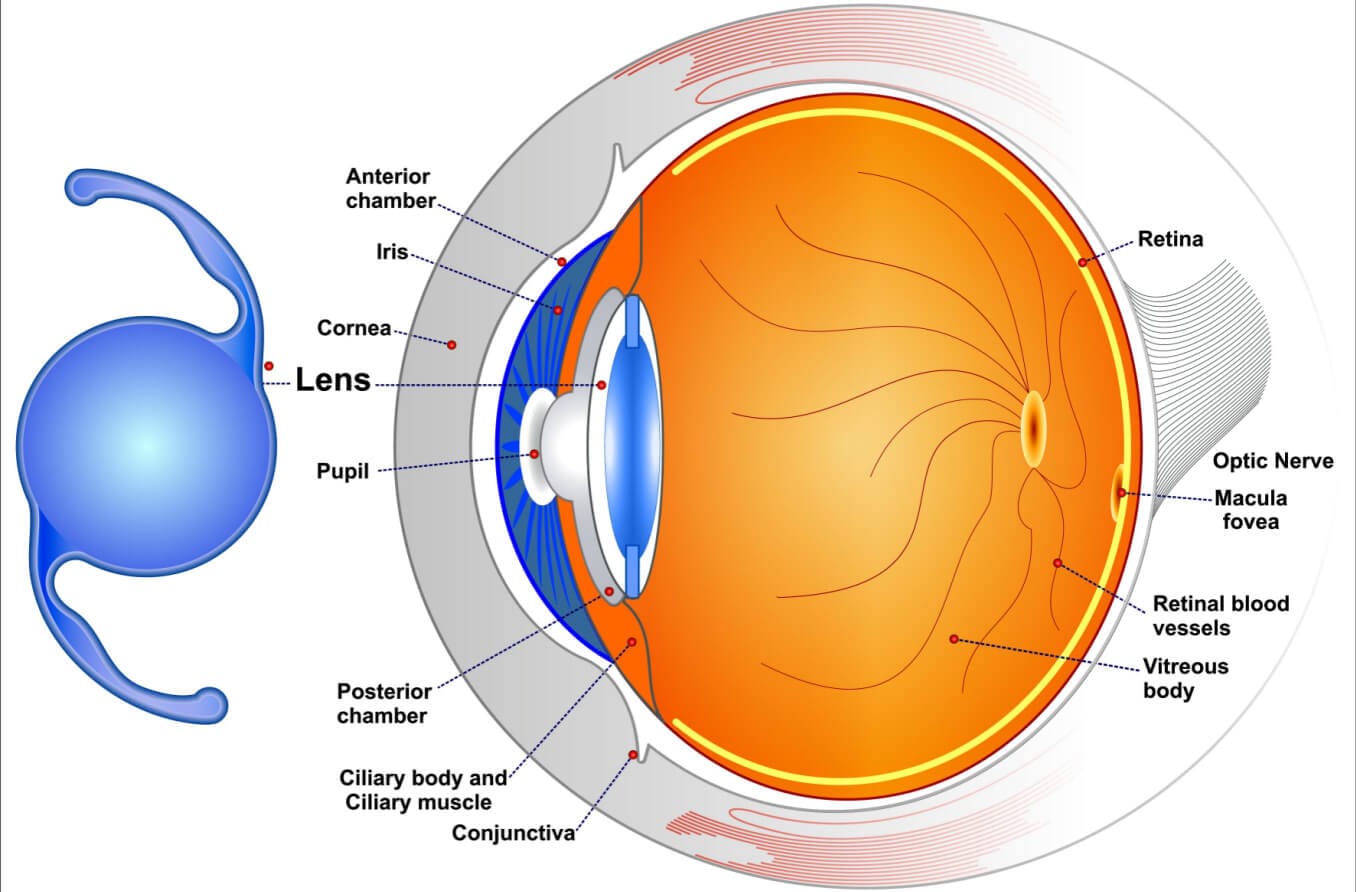Researchers have developed contact lenses infused with tiny bits of gold that may offer hope to many of the estimated 300 million people around the world who experience color blindness.
The researchers suggested in ACS Nano, a journal published by the American Chemical Society, that the gold-infused contact lenses hold the potential for colorblind people to more safely see colors. Furthermore, they say, the effectiveness of these lenses matched the effectiveness of dyed contact lenses and exceeded the effectiveness of tinted eyeglasses in correcting color blindness.
Color blindness
Color blindness (more accurately described as color vision deficiency) is an inherited condition that has no cure, but special glasses and contact lenses can help alleviate the condition.
It affects 8% of males and 0.5% of females. Most colorblind people have trouble seeing colors like red and green or blue and yellow. Red-green color blindness is by far the most common form of the condition. In extreme cases, some people may not be able to see any colors at all.
SEE RELATED: Color blind tests: Do you see colors as they really are?
Colorblind contacts vs. glasses for color blindness
In a March 3, 2021, news release, the American Chemical Society explained that red-tinted glasses can help people — those with the mostly genetic disorder of color blindness — distinguish between red and green shades. But these lenses are bulky, and the lens material doesn’t improve vision.
Meanwhile, dyed contact lenses being developed to treat color blindness may be harmful and unstable, according to the news release. In clinical trials, these prototype “hot pink” lenses improved red-green color perception, yet they leaked dye. This leaking raises safety concerns about the tinted lenses.
In light of the issues with tinted glasses and dyed contacts, researchers from Khalifa University in the United Arab Emirates and Imperial College London in the United Kingdom sought to determine whether replacing dye with nontoxic gold nanoparticles in contact lenses could safely and effectively enhance red-green contrast. Gold nanoparticles help scatter light. Specialists in biomedicine, electronics and other sectors have found a variety of uses for these tiny particles of gold.
To make these contact lenses, the researchers mixed gold nanoparticles with a material called hydrogel polymer to produce rose-tinted gels that filter light at the point where red and green overlap. The water content, softness and flexibility of hydrogels make them ideal for manufacturing contact lenses. The light filtering helps colorblind people tell the difference between red and green.
The researchers say the gold-infused contact lenses matched or surpassed the effectiveness of tinted colorblind glasses or dyed contacts. As a result, the lenses containing gold particles “would be suitable for people with red-green color issues without the potential safety concerns,” according to the news release. Clinical trials need to be conducted with human patients to test the comfort of the lenses, the researchers note.
Can colorblind contacts help me?
If you think you have color vision deficiency, see an eye doctor near you to get tested and review your options.
While people who are color blind may have difficulty seeing colors, they are not blind. Typically, this condition doesn’t seriously threaten someone’s vision. Inherited color blindness affects both eyes. Color blindness caused by injury or illness affects only one eye.
Many people with color vision deficiency develop their own “system” for seeing colors or learn to identify colors in other ways, such as telling them apart by brightness and location, according to the Prevent Blindness organization.
“Symptoms of color blindness are often so mild that you may not notice them. And since we get used to the way we see colors, many people with color blindness don’t know they have it,” the National Eye Institute points out.
SEE RELATED: Types of color blindness


